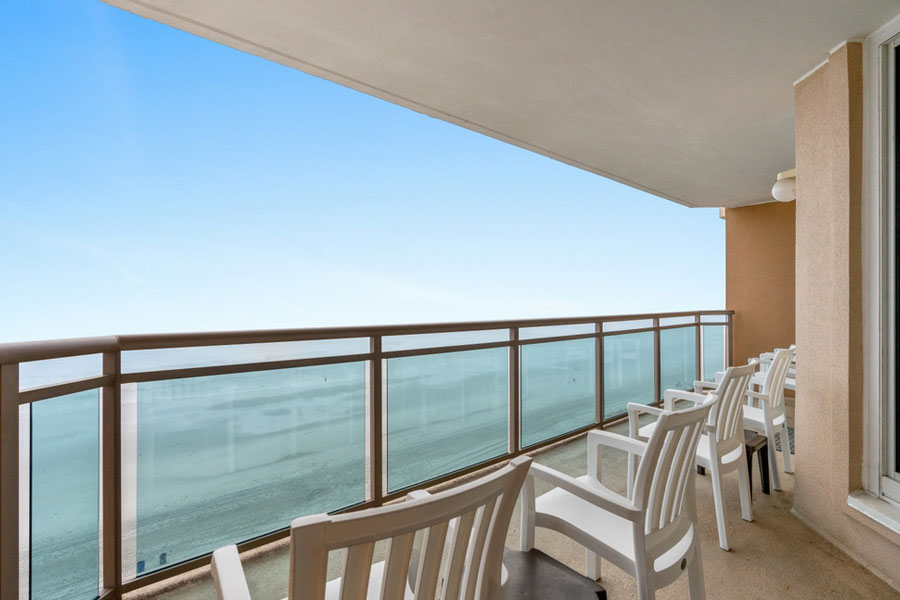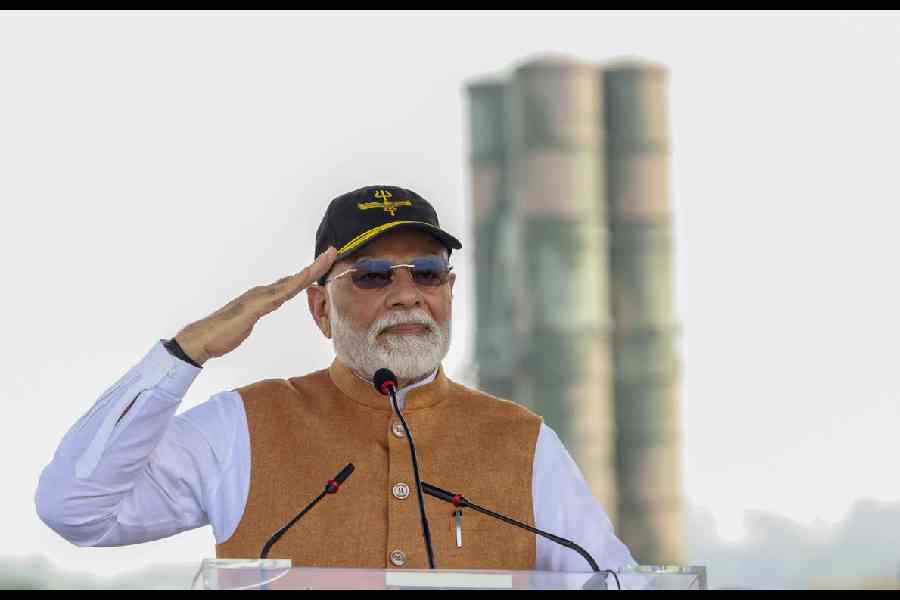|
|
The energy is, at first, truly mind-boggling. The thin old man prances like a show filly, he jumps, he pumps his arms as if trying to swim in mid-air, his famed androgyny is out on display like a neon-sign, his voice, nasal yet cracked, cuts like a machete through the jungle of sound; behind the thin guy stands another old man, mostly as still as the singer is hyper-animated, a creature who is one with his wailing, screaming guitar, man and axe together making the most beautiful picture of vibrant wreckage; next to this guy is another semi-human-semi-fretted creature, also old, but not as dented, his instrument adding it’s own argument to the sound; at the very back, just in front of the huge backdrop, is the drummer: Uncle Ancient himself, surrounded by his throbbing, clanging empire of percussion. The rest of the musicians, the backing singers, the horn section and the piano man, all remain more or less in the shadows, or, at least, at the edge of the frame. The band’s energy is matched by the picture carroming between more than 18 different cameras, the frame always moving, the cutting always two-timing the viewer, the lights shifting and smashing on the figures as they jerk out their songs. For near on two hours, the combination of The Rolling Stones, Martin Scorsese, a line-up of top-flight cinematographers and a brilliant editor constitute the rock film, Shine a Light, and provide you with supreme, immediate, satisfaction.
But, once you’re out and away from the monumental IMAX screen and its building-size image, once you’ve freed yourself from the inundation of Dolby surround sound, you start to think.
In Indian classical music, an artist has usually arrived by the time they reach their mid-60s. In fact, if they are any good, by that age they have long been given or assumed the title of ‘Pandit’ or ‘Ustad’ or whatever. The oeuvre of recordings and important concerts have, by then, been fully established, and when the adoring public goes to listen to these middle-oldie musicians, it goes to witness proven mastery, the repetition — with some small variations — of a well-known style and of well-known raags; by then, the surprise lies more in any failure to deliver than in the expected unfurling of virtuosity. And then, if an established film director makes a film on one of the ustads, there is precious little that can go ‘wrong’. Just as in the concerts, but with the added safety net of re-shoots and the editing room, all too often, what you know and love is what you’re given; no one takes any risks, no one goes out on any artistic limb, no one tries to rock the boat (pun-forgiveness requested here). In the best examples, the viewer gets a full and heavy meal from a tried and tested menu; in the worse attempts to document a ‘master’, you get tedious fare over-cooked in the stale oil of fawning ‘respect’.
Shine a Light would definitely count among the better examples of this genre, but it can’t quite escape the pitfalls of cinematic mummification. The wonder about the Stones is that they are still with us, mostly intact, at a time when other legendary rock bands are ‘re-forming’, re-constituting parts and characters once scattered in different directions. While the battered and tattered Pink Floyd, The Who and Led Zeppelin tie themselves together with the gaffer tape of marketing and hype, these four survivors, Pandit Jagger-ji, Ustad Richard Sahab, Guitar-guru Strato-Mahesh Ron Wood and Khan Sahab Charlie Maharaj are still at it and, most importantly, have been at it, continuously over 40 years. “Good to see you!” Keith Richards drawls into the mike at one point, “Good to see anyone, really!” Indeed. After the epic abuse through which the man’s put his body, he really has no business being alive, much less standing tall and working his guitar the way he still does. But there he is, and there they are. In a not too surrealistic projection, the counterpoint of huge life-damage and the best medical care money can buy will result in these four (or, a majority of them) still performing in twenty years’ time, doing their thing on stage, hitting their marks from super-sophisticated wheelchairs and semi-intelligent, completely portable and mobile hospital beds.
This is the 18th ‘official’ film on the Stones, and some that have been made before have been legendary, not only as documentation but as cinema as well. There was Gimme Shelter, which has in it the killing of a black spectator by a gang of Hell’s Angels at the Stones concert in Altamont, California; there is the Godard take, Sympathy for the Devil, with its mix of studio intimacy and Marxist cine-polemic, and, most enticing of all, there is the rarely seen Cocksucker Blues made by Robert Frank, the great photographer and film-maker — the suppressed film is supposedly a brilliant look at the behind-the scenes life of the band on the road. All these films were made in the Sixties and each reflects a take on the what the Stones represented at the time: anarchy, dangerous freedom and a sexuality that pushed all kinds of limits. These were the original Stones, young open guys who had ranged themselves alongside and against the clean-cut Beatles, the pioneers who preceded the posings of Jim Morrison and the serious mayhem of Iggy Pop and, a few years later, the punk era; these were the Stones who revolutionaries from Godard to Tariq Ali were happy to have as their icons.
In Shine a Light, the show is kicked off by one Bill Clinton, ex-president, whose birthday it seems to be, and that sets the tone. Scorsese rejected the idea of filming a huge concert on a beach in Brazil, with a possible audience of close to a million, and chose to set up an ‘intimate’ space in the Beacon Theatre in New York, a space where he could both have his cake and eat it — that is, put together a ‘live concert’ while being able to control the lights and camera placements. The problem is, when you come away from the film, you find yourself missing one of the essential elements of any rock ’n roll concert, the second most important part of any blues band gig — the audience. For, it is the people and the mad chemistry they produce with the band that has made live rock the epoch-changing experience it has been.
In SAL, filmed over two concerts on consecutive evenings, the crowd is more or less missing in action. You know Bill, Hillary and Chelsea (and a few of their best friends) are out there somewhere; at one point, with the faces huge on the IMAX screen, I could have sworn I saw Bruce Willis; and, yes, the pretty young things right at the front were all correct and present, tanned and coifed, chic and New York as would please the quartet of old dawgs…but they were all extremely well-behaved, at least, as nearly 20 cameras caught them. There’s something that just doesn’t sit right when millionaire politicians from Westchester County comprise the chief guests of a gig in which you’re singing about being down, dirty, cold, homeless and loveless in New-yawk-siittee.
There is, at least, one rock doc made recently in India , specifically filmed in the Northeast, Calcutta and Delhi that has a genuine bluesy heart, whereas Scorsese’s homage remains very much a certain kind of inward-looking NYC film. Thinking about it, the comparison that pops up is an odd one. In 1981, Louis Malle made a film called My Dinner with Andre in which he basically filmed two middle-aged men having dinner in a posh New York restaurant. The two men eat, drink wine and talk about the world, including the experience one of them has had working with Jerzy Grotowski and his theatre workshop in Poland. For some of us, it made for a quietly engaging film, but one which left you with an empty stomach at the end. Shine a Light made me want to rush back to my Stones CDs and start searching the net for a pirated copy of Robert Frank’s buried masterpiece.











